In the latest example of life imitating art, IBM has applied for a patent for a video censoring system that looks a lot like the "Arkangel" child monitoring system from the latest collection of modern sci-fi fables from Black Mirror on Netflix.
For those who haven't seen the "Arkangel" episode (Spoiler Alert), the titular system involves an implant injected into children's temples, enabling parents to monitor their children's geographic location and vital statistics via a tablet. Based on those vitals, the system can recommend medication, alert parents about critical conditions, and even blur out images that cause the child distress. That last function is what resembles IBM's latest patent application.
The patent application, filed with the US Patent and Trademark Office, describes a system for censoring video recordings or streams by identifying content and then obscuring that content with a secondary image.
"The system may, for example, process a video stream and modify the video stream, in real time, so as to provide a modified (e.g. censored) video stream wherein protected entities or content of the environment which are present in the video stream are replaced or obscured by graphical element or effect, thereby preventing a viewer of the modified video stream from viewing the confidential information," reads one part of the system's description in the patent application.
IBM's system would work via a Visual Light Communication (VLC) signal, which is capable of transmitting data at 10 Mbit/s per second, sending information about objects to be censored to the device for identification.
The patent application mentions augmented reality and virtual reality headsets as a vector for the system, and specifically names the HoloLens as one of the AR devices that could benefit from real time visual censoring of content in live video streams. Such a system could conceivably also be used to protect copyrighted content in such a stream.

This IBM patent application drawing could have come from the storyboards of Black Mirror
Throughout the history of literature and entertainment, science fiction has been a consistent influence on the development of new technology. And augmented reality has more than its fair share of muses, such as Minority Report and Ready Player One, and Netflix's recently-released series Altered Carbon.
However, the morality tales of Black Mirror tend to shine a light on the darker corners of technology and the sociological risks hidden therein. In this case, IBM's new patent application provides yet another glimpse at one other possible AR future that may become a troubling reality sooner than we expect.
- Follow Next Reality on Facebook, Twitter, Instagram, YouTube, and Flipboard
- Sign up for our new Next Reality newsletter
- Follow WonderHowTo on Facebook, Twitter, Pinterest, and Flipboard
Cover image via Netflix/YouTube







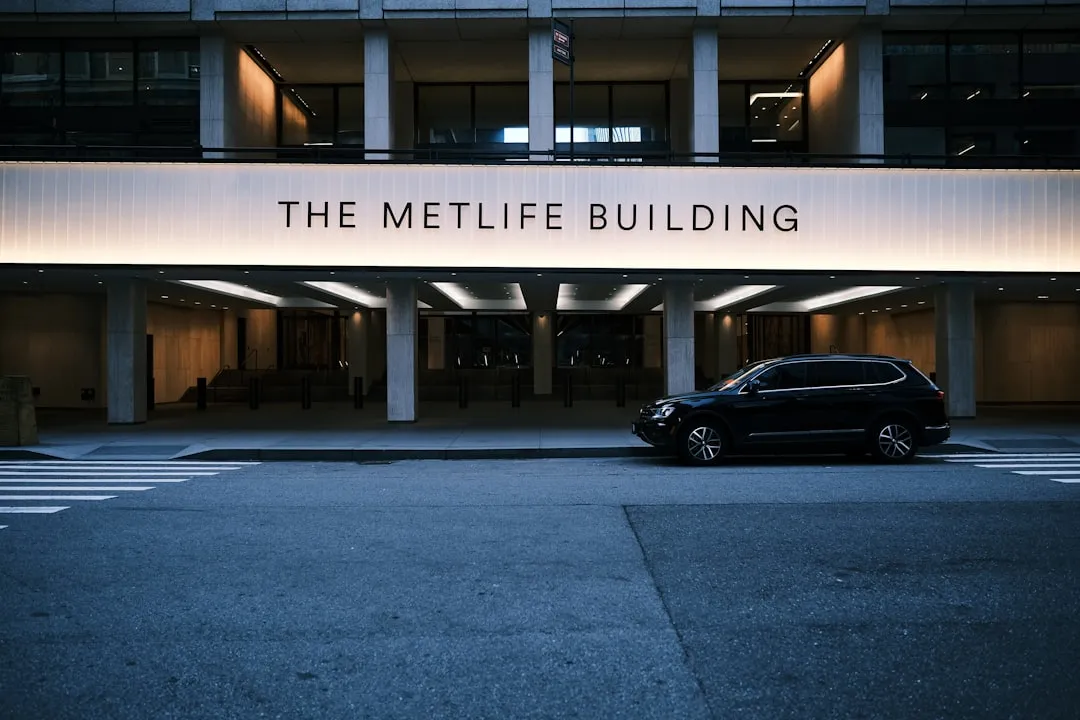

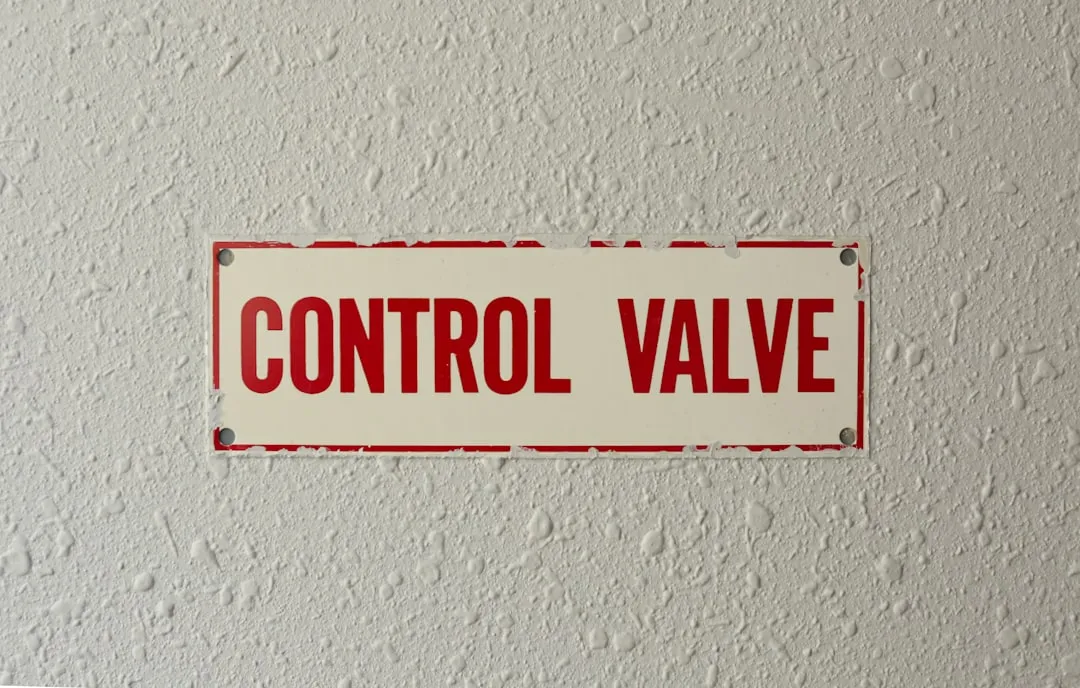

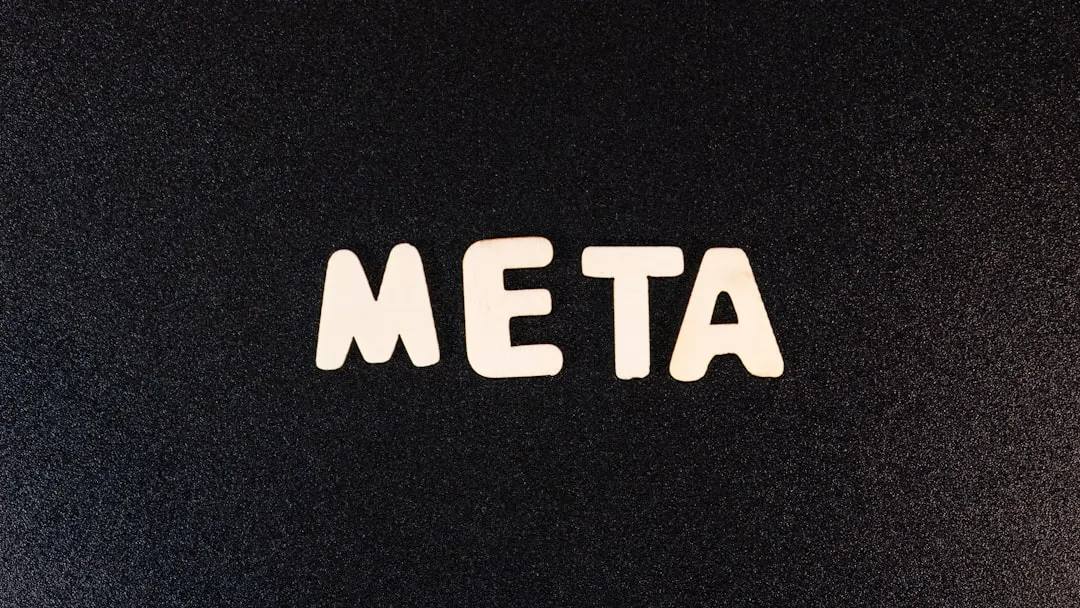


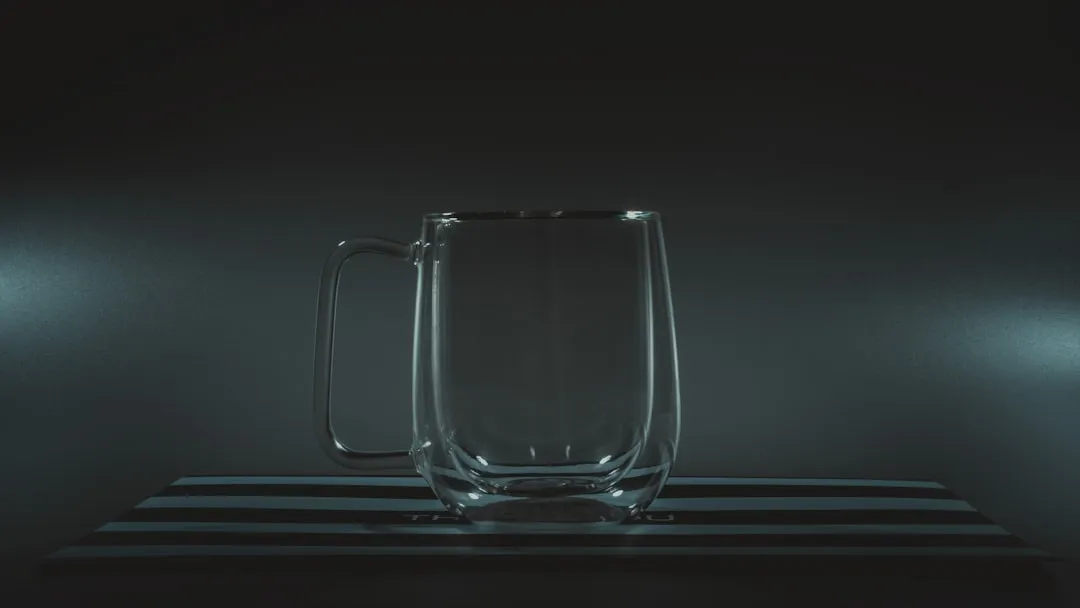
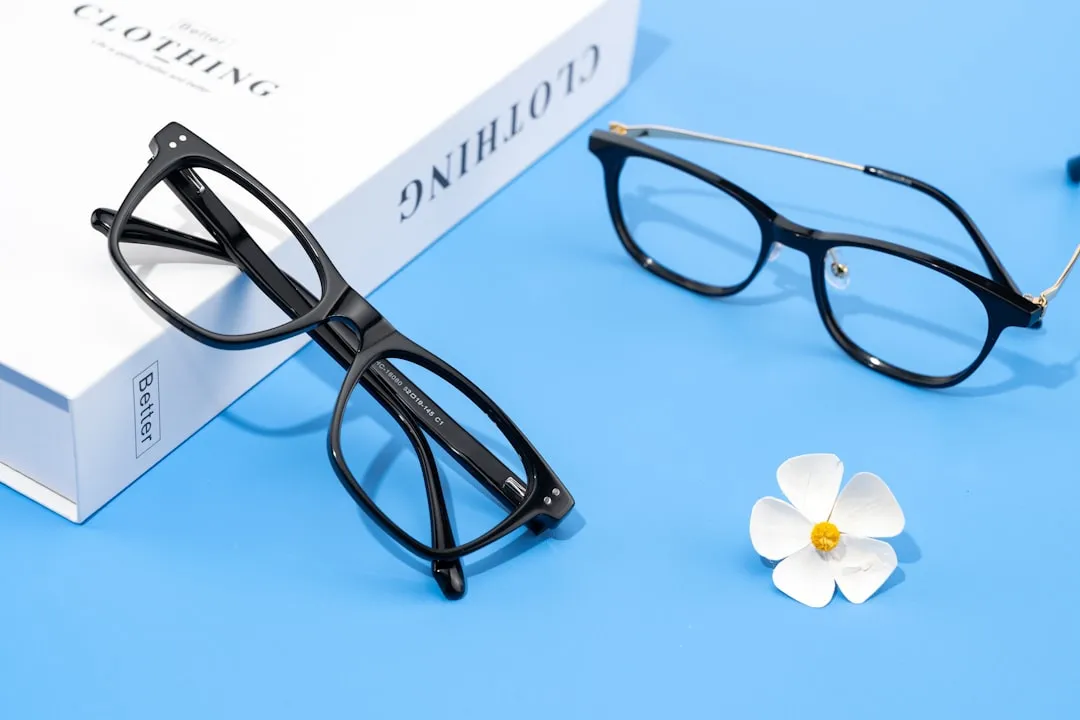
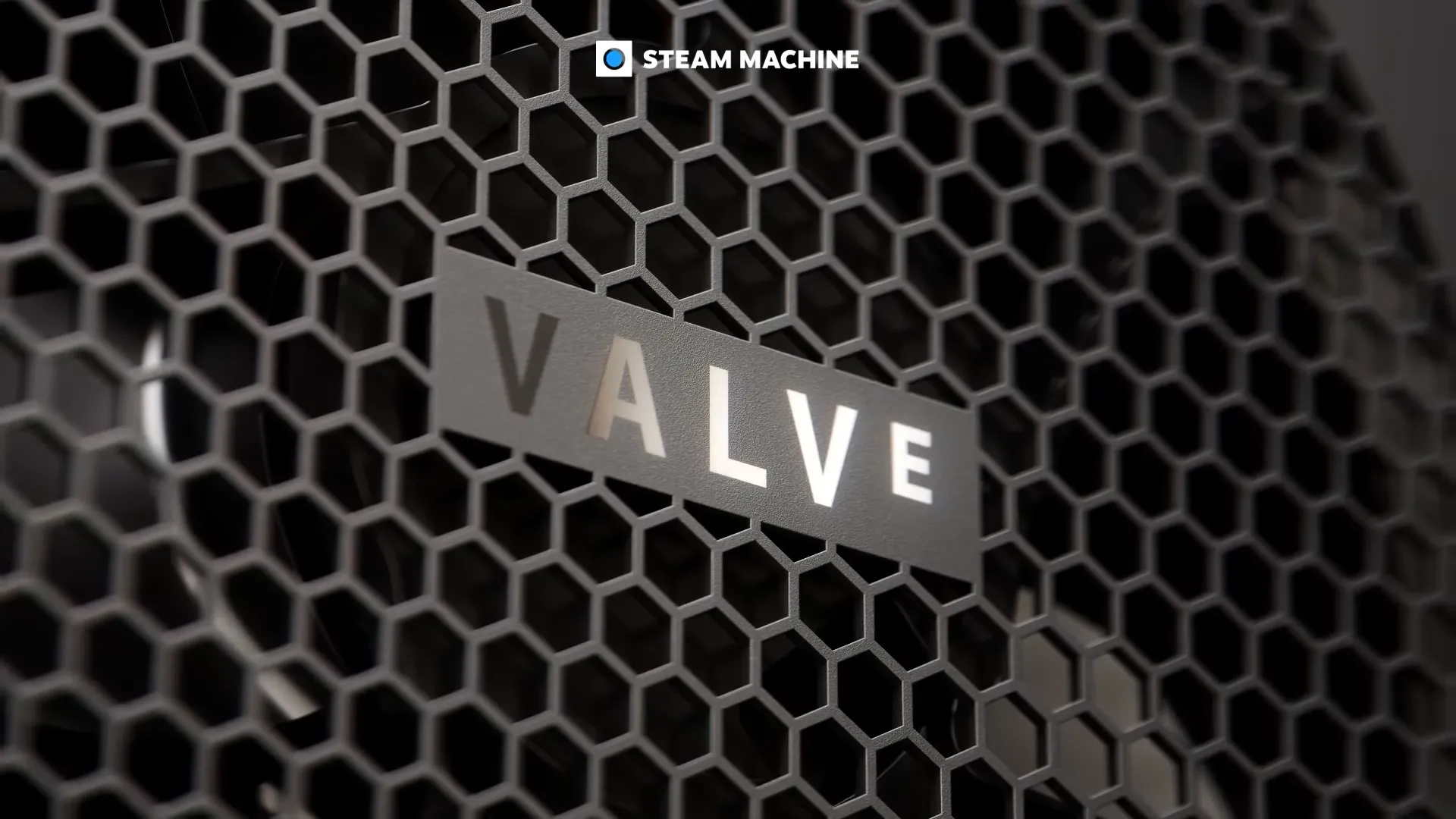
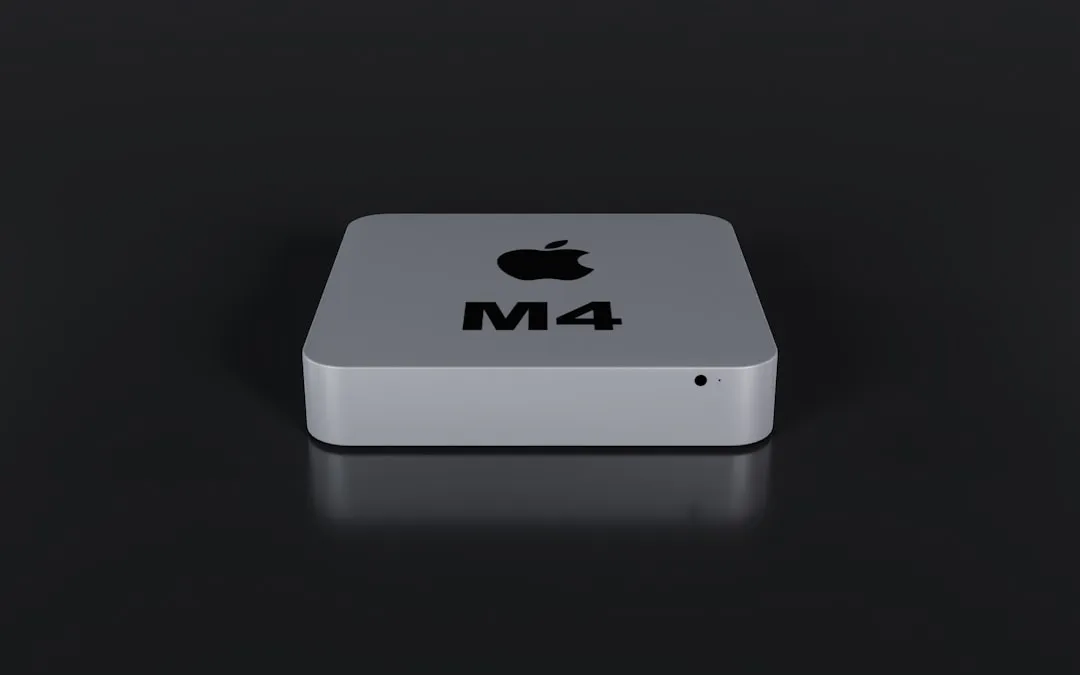
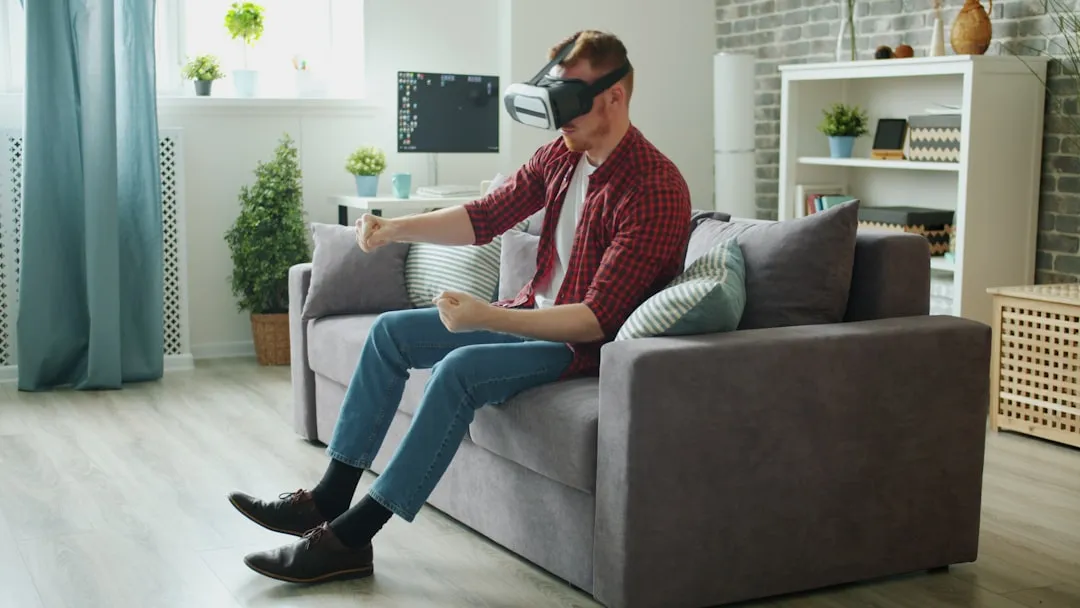
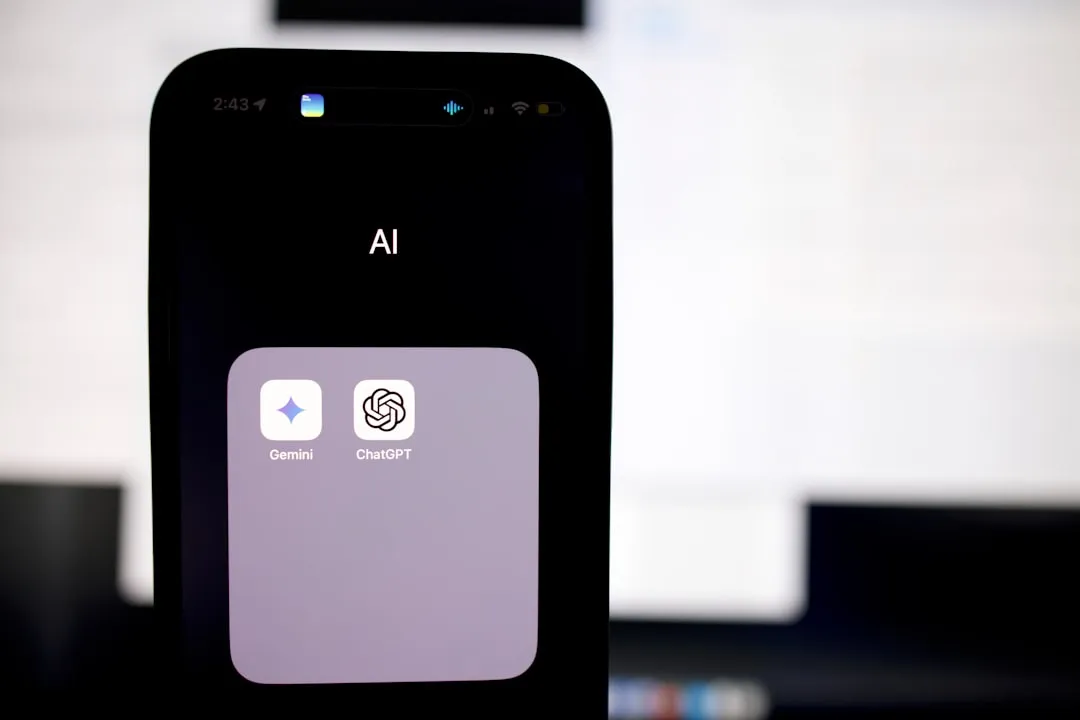
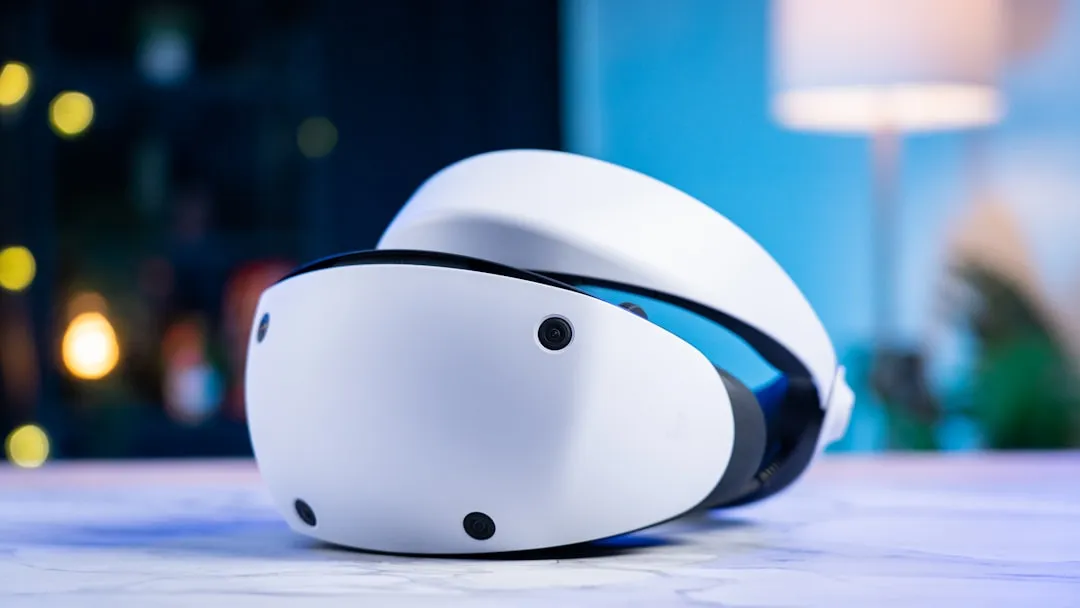

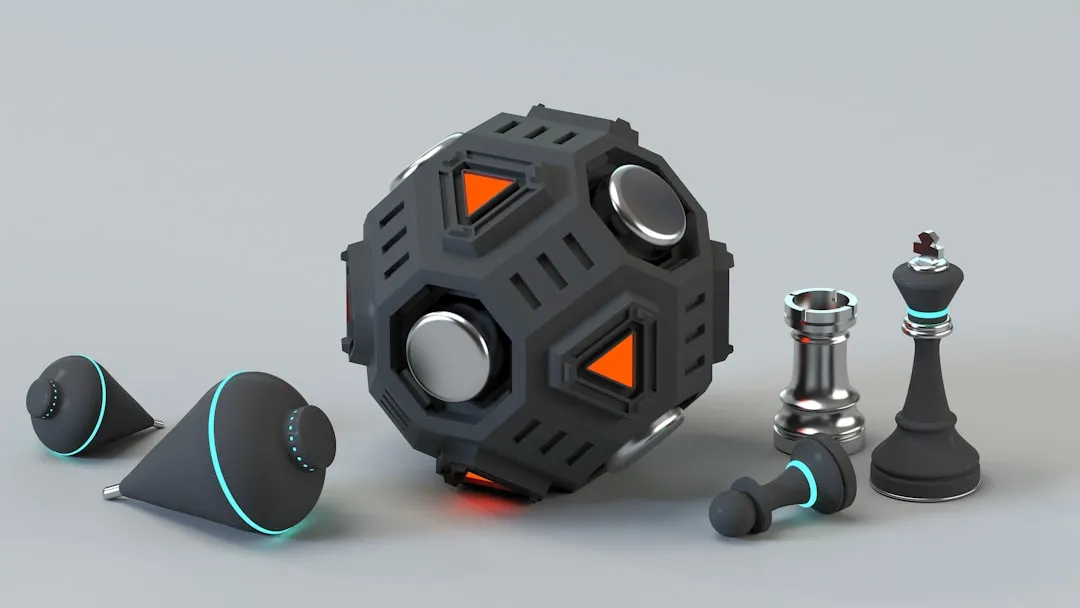

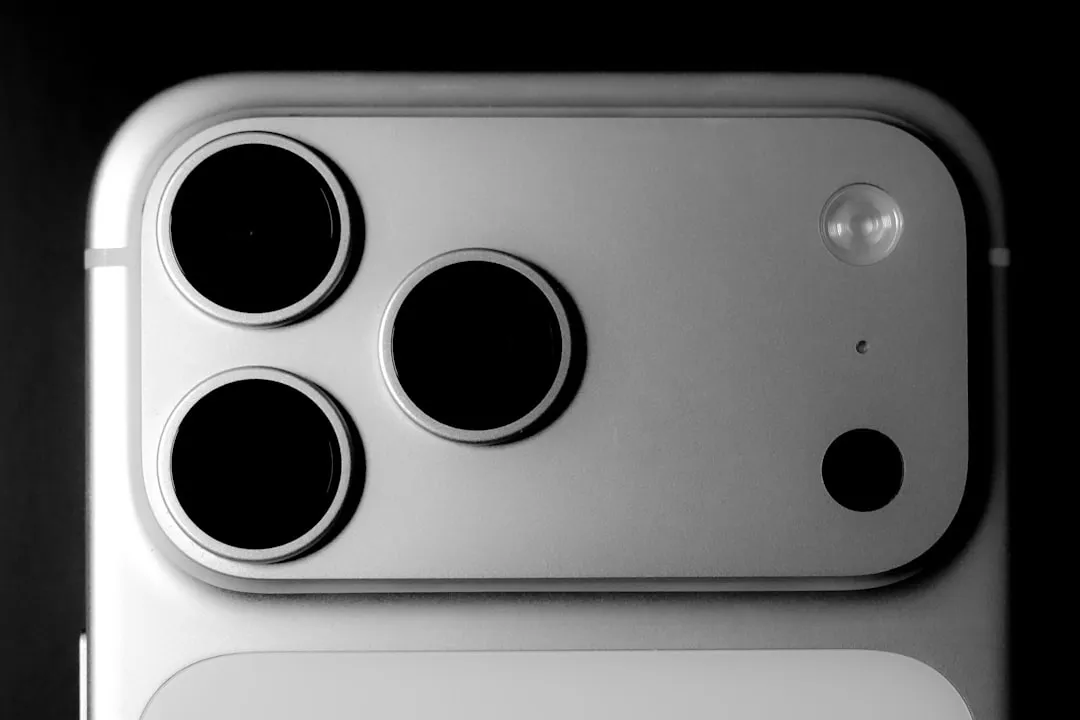
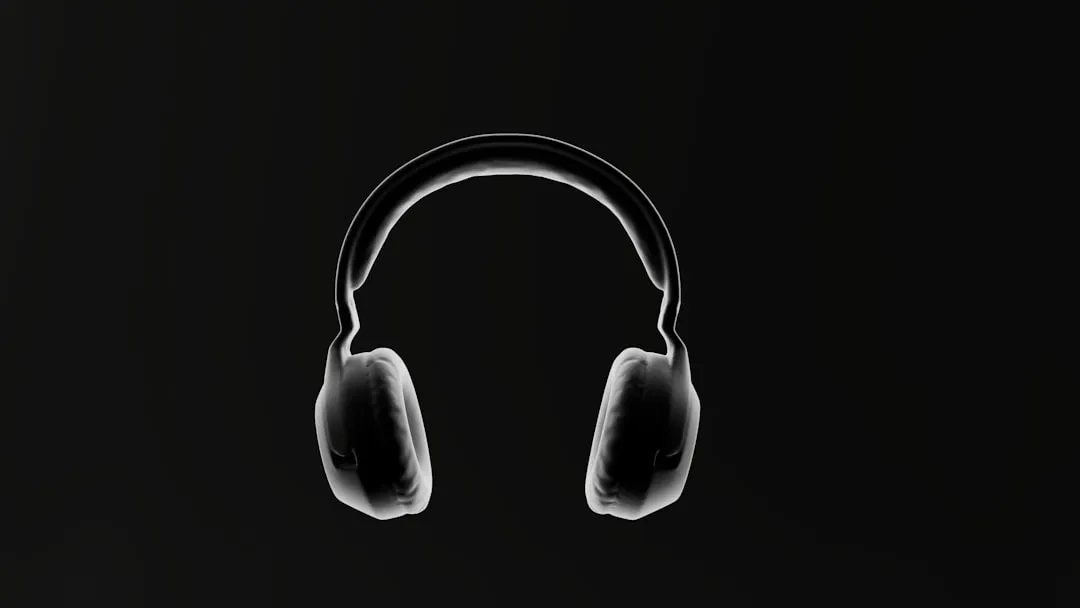
Comments
Be the first, drop a comment!